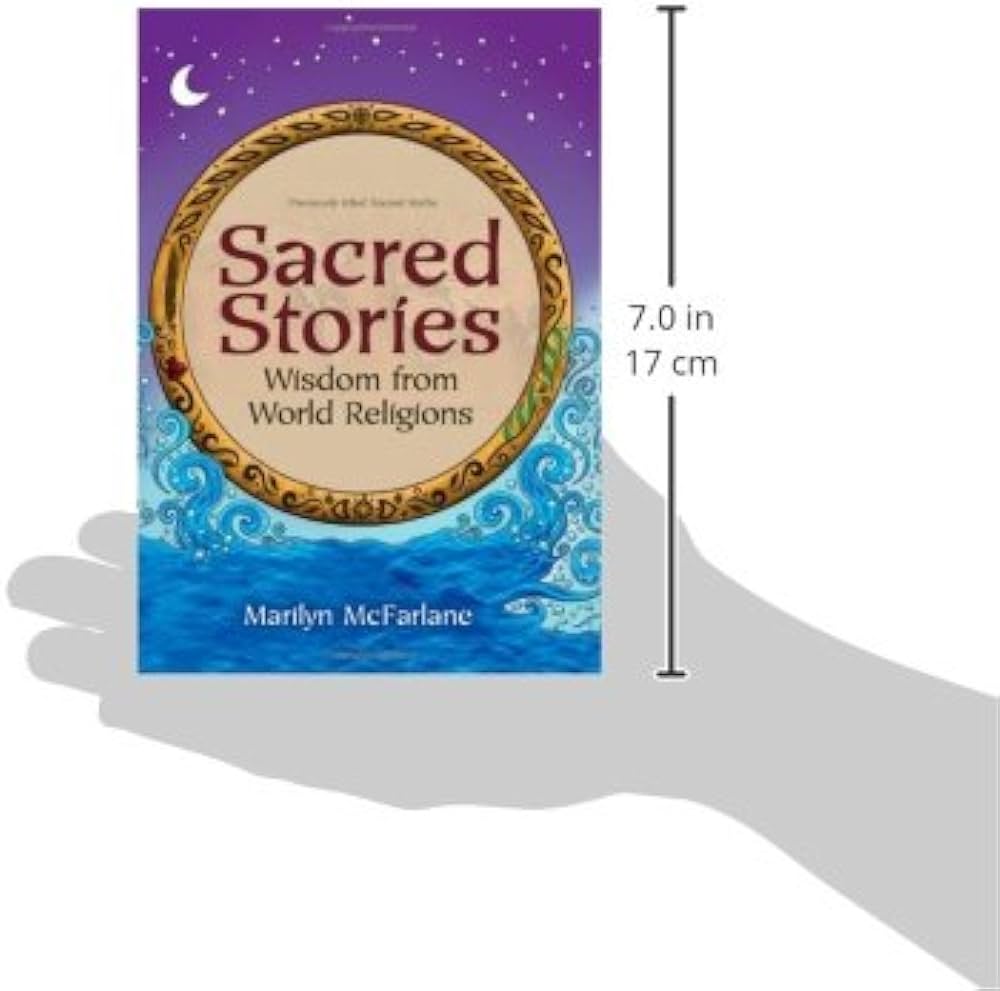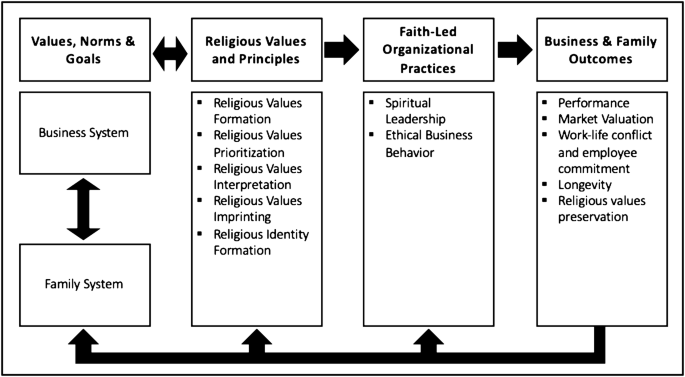Exploring the Sacredness of Religious Texts and Literature
Religion has shaped human culture and society for millennia, giving rise to a rich array of texts and literary works that continue to inspire spiritual growth and contemplation. Understanding the sacredness of religious texts and literature, and its impact on the world’s great religious traditions, offer remarkable insight and a deepened appreciation of the shared human experience.
Diving into the Unique Features of Sacred Texts
Sacred texts, such as the Bible, Quran, and Bhagavad Gita, are considered central to the beliefs and practices of their respective faiths. These revered writings present unique insights into the divine, drawing upon intricate metaphors and symbols to illuminate complex ideas.
Among the many strengths of sacred texts is their ability to bridge the gap between the divine and the mundane. The teachings and stories contained within these texts encourage adherents to explore the transcendent and revel in the profound, elevating human existence to higher levels of understanding.
Uncovering the Wisdom of Religious Literature
Expanding beyond the boundaries of sacred texts, religious literature encompasses a vast assortment of commentaries, theological treatises, devotional poetry, and other written works that inform and enrich religious experience. Examples include Thomas Aquinas’s Summa Theologica, Dante Alighieri’s Divine Comedy, and Rumi’s spiritual poetry.
These writings not only provide deeper understanding of sacred texts, but also illuminate the human spirit’s quest for unity with the divine. Through diverse forms and styles, religious literature adds texture, nuance, and beauty to the principles, stories, and rituals that define a faith.
The Impact of Sacred Texts on Art, Music, and Culture
The sacredness of religious texts and literature is not limited to the realm of personal belief, but permeates the fabric of human culture. From grand architectural marvels like the Chartres Cathedral to the intricate calligraphy of Islamic art, sacred texts have inspired human creativity since antiquity.
In music, compositions like George Frideric Handel’s Messiah and Johann Sebastian Bach’s Mass in B Minor reflect the powerful influence of sacred texts on the arts. Literature, too, brims with examples of the influence of religious writings, with notable works like John Milton’s Paradise Lost and Mary Shelley’s Frankenstein reflecting upon themes present in sacred texts.
Preserving, Respecting, and Celebrating Diversity
As we explore the sacredness of religious texts and literature, it’s crucial to acknowledge the diverse landscapes of human faith. By respecting different beliefs and demonstrating genuine curiosity, we promote understanding and foster meaningful exchanges between cultures.
Learning from our shared past, we can better appreciate the richness of human spirituality and ensure the ongoing, vibrant exchange of sacred wisdom between cultures in the years to come.
In summary, religious texts and literature provide invaluable wisdom, insight, and artistic inspiration, while also forming an essential component of human history and culture. By exploring the diverse and sacred dimensions of these texts, we enrich our understanding of the world’s spiritual heritage and reaffirm our place within the great tapestry of human experience.











